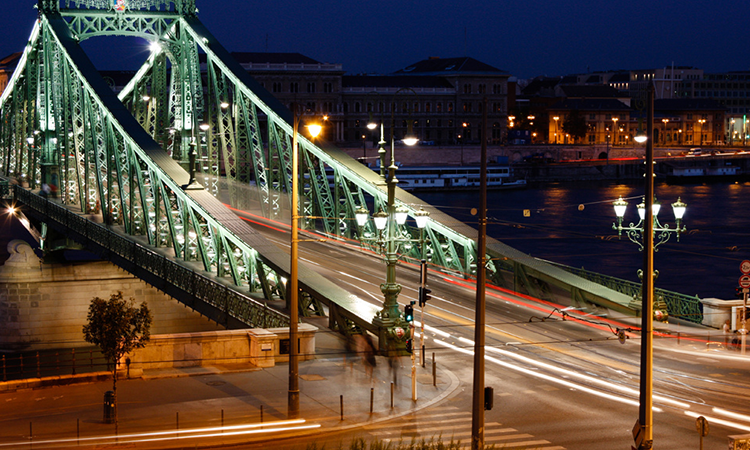
By choosing to holiday in a European destination which hasn’t switched to the Euro, you might find yourself bagging a bigger bargain in terms of the cash you’ll spend while you’re over there.
Most non-Euro countries tend to be cheaper when it comes to food, souvenirs, excursions, hotels and so on because they’re not affected by poor Euro exchange rates or, indeed the ‘Euro Crisis’.
One of our favourites is Serbia, where the official currency is the Dinara – only available within the country itself and cannot be changed back once you’ve swapped your hard-earned Sterling or Euros.
We found that, while in Serbia, it was almost impossible to spend the money we had changed and so will know not to exchange half as much the next time!
Really affordable restaurants, bars and clubs and favourable exchange rates left us handing over huge tips to the waiters just to try and shift some of our Dinara which would be useless back in the UK – or anywhere else for that matter.
So, with this in mind, we’ve decided to share our other top five destinations which are Euro free and might well mean a cheaper holiday in the long run…
Bulgaria
Bulgaria is becoming an increasingly common destination for summer sun – among the Club 18-30 revellers, families and the more discerning or mature traveller. It’s blessed with a luxuriously warm climate, gorgeous surroundings and is classed as ‘mid-haul’ when it comes to getting away. Its Black Sea coast spans an awesome 230 miles – meaning one of the most impressive portfolios of sandy beaches in Europe. It’s steeped in history, culture and is also popular for adventure holidays or at least those who like mountain biking, walking and hiking. The currency here is the new Lev, which is available from most good currency suppliers.
Poland
Ironically, more and more Polish people are settling here in the UK, while Brits are fast discovering the charms of their homeland. While we wouldn’t recommend it for a beach break, it certainly has lots to offer. It’s a beautiful country which is growing and developing all time, with some of its larger cities being surprisingly cosmopolitan. If you’re prepared to wrap up warm and try local delicacies such as roast Carp (yep, that’s goldfish, pretty much), try some therapeutic mud, perhaps, and take stock of its vast history, museums and other cultural sights then you’re in for a fab European break. Of course, Poland’s currency is the Zloty, which is available to order online from the likes of MyTravelMoney.co.uk.
Croatia
A favourite among nudists – and other seasoned travellers, so don’t worry – Croatia is a stunning holiday hotspot with its beautiful rugged coastline, turquoise seas and safe sandy beaches. One of its most popular resorts, of course, is Dubrovnik, which has much to offer. Shaped a bit like a croissant, Croatia is both Central European and Mediterranean – sharing a border with some of the other former parts Yugoslavia – now known as Slovenia, Hungary, Serbia, Bosnia and Herzegovina – and, believe it or not, Italy in the Adriatic Sea. Its currency is the Croatian Kuna.
Denmark
Surprisingly, neither Denmark nor Sweden have converted to the Euro yet are not particularly ‘cheap’ destinations – unless you know where to spend and where to splurge. But don’t get us wrong, there are definitely savings to be had. Denmark is a small Northern European kingdom which can be distinguished from its neighbours because of its 7314km of coastline and 406 islands – making it, overall, much larger than it might first appear. Its highest point is only 170m above sea level and, just like the UK, has four seasons – giving it a diverse range of different weather, from warm summer days to undeniably cold and snowy winters. Its currency is the Krone and, if there’s one thing you can be guaranteed of, it’s damn good bacon!
Hungary
Okay so we’ve already touched on Hungary but we can vouch for the excellent and incredibly purse friendly food you’ll find here. Different cuts of roast meat are the order of the day for a typical Hungarian meal and if you venture towards the Serbian border, you’ll encounter the fantastic city of Subotica, which is just a hop, skip and a jump from Hungary itself. Venturing into this area gives you a great opportunity to explore two former Yugoslavian territories at once – which are both similar and yet very, very different. Unlike Serbia, however, Hungary’s currency is the Forint.
Pictured above is the city of Novi Sad, Serbia, at night. Credit: Ian Sheppard



